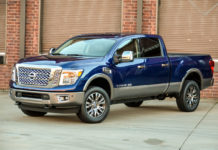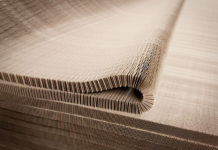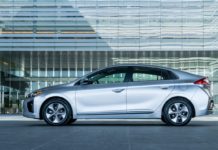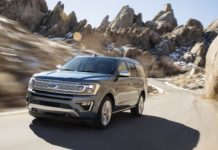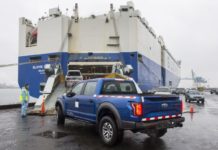In a time of downsizing and offshoring, Chrysler's 54-year-old car factory in Sterling Heights might seem like a candidate for closure.
But the plant is alive and well after a major investment and cranking out new 2008 Chrysler Sebring convertibles on the same highly flexible assembly line as the Sebring sedan and new Dodge Avenger.
Chrysler executives and United Auto Workers officials gathered Monday at Sterling Heights Assembly Plant — often simply called “SHAP” — to celebrate the launch of the Sebring drop top.
To Bill Parker, president of UAW Local 1700, production of the convertible in Metro Detroit is the “least known, good news story in American manufacturing today.”
“In the 1990s, the building of Chrysler convertibles was part of the southern-bound flow of jobs to Mexico,” said Parker, whose local is among several that represent the 2,668 workers in Sterling Heights. “But nine years ago, management challenged this local union to see if we could overcome the problems inherent in building convertibles and return that production to the U.S.”
Rather than write Sterling Heights Assembly off as outdated, Chrysler choose to invest in the plant. New equipment was installed in March 2006 to make the factory capable of producing multiple models on a single line.
Investments included $278 million for a new body shop and improvements to the existing paint shop and assembly sections. Some 620 new robots were installed to handle material and welding. Now the automaker is pouring an additional $300 million into a new paint shop.
The precision equipment allows SHAP workers to build three versions of the Sebring convertible — a retractable hard-top, a cloth top and vinyl top. Production on the Sebring started in April and it hit showrooms in May.
Workers operating in two shifts build the convertible on the same line as the new Sebring and Avenger sedans. The factory is producing a model mix of 60 percent Chrysler Sebrings and 40 percent Avengers. But Chrysler can change quickly if consumer tastes shift.
The Sterling Heights factory was built in 1953 to produce jet engines. It later morphed into a Volkswagen automotive factory in 1980 and in 1983 was purchased by Chrysler Corp.
Its future looks solid now with passenger cars making a comeback and the Sebring convertible remaining a solid hit with buyers.
The Sebring has led the mid-size convertible segment for 10 years, reaching sales of about 40,000 to 50,000 units.
“In this market every launch counts.” said Rebecca Lindland, an analyst with Global Insight Inc.
It's important that Sterling Heights produces top-notch quality during the launch, Lindland said. Convertibles are notoriously difficult to build.
“Every vehicle has to really perform because manufacturers are on such a tight budget,” she said. “You can't afford missteps.”


